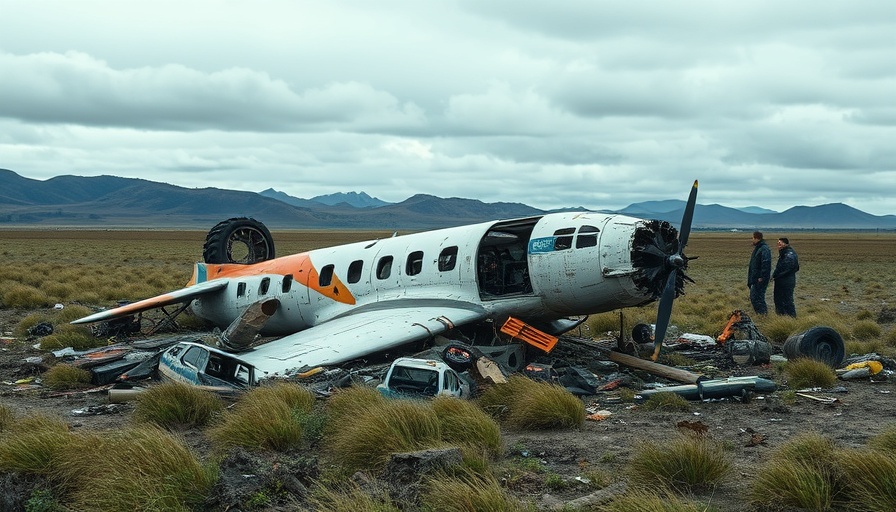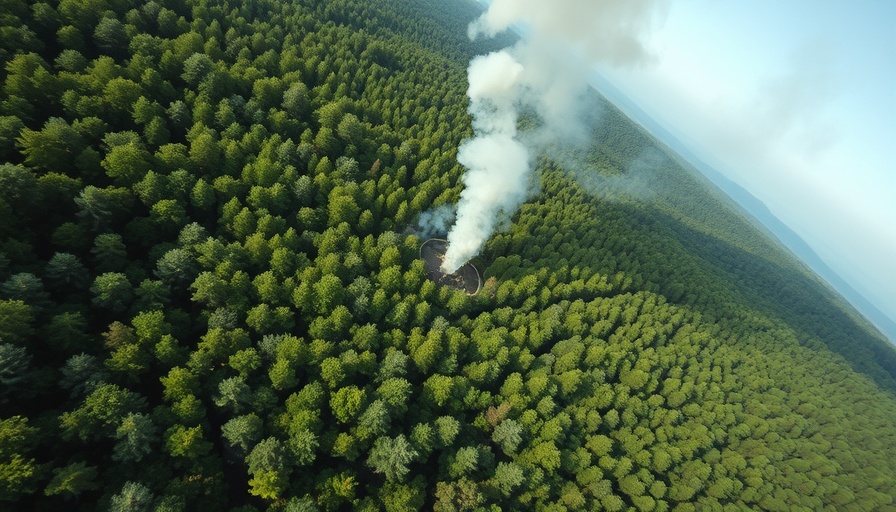
The CRJ 200 Ferry Flight: An Unexpected Tragedy
The recent crash of the CRJ 200 ferry flight at Kathmandu serves as a stark reminder of the vulnerabilities within the aviation sector, particularly in developing nations. On July 24, 2024, a routine ferry flight operated by Saurya Airlines took a tragic turn, resulting in the loss of all 19 passengers on board. The incident has prompted an in-depth investigation by the Aircraft Accident Investigation Commission of Nepal, shedding light on critical issues in operational safety and maintenance practices.
Understanding the Context: Saurya Airlines and the CRJ 200
Saurya Airlines, a relatively young carrier established in 2014, faced numerous operational challenges leading up to this ill-fated journey. The CRJ 200 aircraft involved, registered as 9N-AME, was meant to undergo maintenance in Pokhara after being grounded for 34 days. This beguilingly simple flight was fraught with complexities that escalated the risks.
The Crew's Experience: Key Factors In the Crash
Central to the investigation is the profile of the first officer, who had just transitioned to a new aircraft type following extensive training setbacks. His qualifications and experiences, compounded by financial pressures from training debts, may have hindered his performance during pre-flight checks. Reports indicate he had also been laid off previously, representing a potential strain on his confidence and readiness for the flight.
Critical Maintenance and Pre-Flight Checks
The procedural aspects leading to flight CRJ 200’s final moments underline gaps in pre-flight protocols. The flight dispatcher’s weight and balance report played a pivotal role in the calculations of V-speeds critical for safe takeoff. However, whether these parameters were followed correctly during the chaotic moments before departure remains a key point of investigation. Safety must never be secondary, particularly in the handling of aircraft returning to service.
Broader Implications: Aviation Safety in Nepal
This accident has brought to light the pressing need for improved safety regulations and a more robust aviation infrastructure in Nepal. As tourism grows in the region, so too should the commitment to ensuring that flight operations adhere to international safety standards. The CRJ 200 crash could serve as a catalyst for legislative and regulatory changes that strengthen oversight in domestic aviation.
Community Engagement and Future Safety Initiatives
In the aftermath of such incidents, it is essential for communities, regulators, and airline operators to engage in transparent discussions about safety improvements. Education on the importance of maintenance checks and proper training for pilots could mitigate the recurrence of such tragedies. Open forums for community input can also strengthen the oversight of aviation services, which directly affects public safety and confidence.
In conclusion, the CRJ 200 crash exemplifies a lethal combination of operational insufficiencies and a lack of stringent safety enforcement. Moving forward, it is imperative that the aviation community in Nepal learns from this tragedy, ensuring that safety protocols become paramount to prevent future losses of life.
 Add Row
Add Row  Add
Add 




Write A Comment